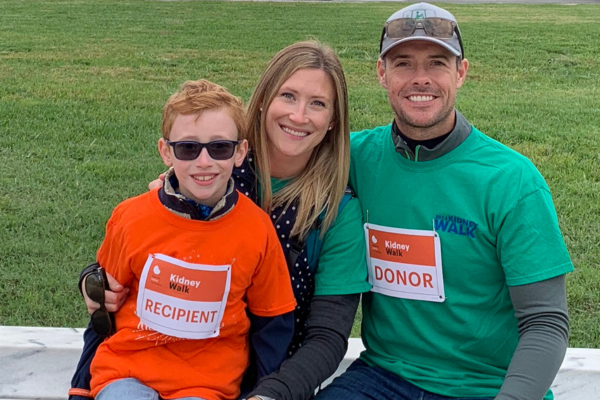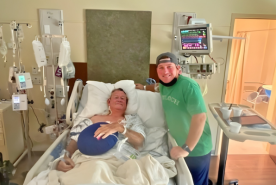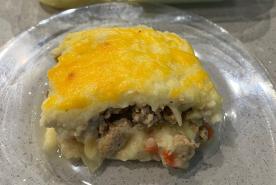August 22, 2023
When Logan Blevins was three days old, a preemie weighing just three pounds and four ounces, his doctors noticed something amiss with his urine and blood tests. They narrowed the cause of the abnormalities down to three options: infection, underdeveloped kidneys, or a rare kidney disorder. A few days later, doctors determined Logan had the rare kidney disorder called congenital nephrotic syndrome of the Finnish type or CNF.
Logan's diagnosis
[VIDEO::http://www.youtube.com/watch?v=EP5ktBbtuCQ::aVideoStyle]
CNF1 is an autosomal recessive genetic condition, meaning one copy of the mutated gene is inherited from each parent. It affects nephrin, an essential protein that blocks other proteins from leaking out of the kidneys. It is most often found in descendants of Finnish people.
"A year prior, another child was born at our hospital with the same disorder. Because of that, the doctors noticed similar issues with Logan’s tests," said Chris Blevins, Logan's father. "We thought it would be one of the first two, but it turned out to be CNF. His kidneys were pushing albumin, an important protein the body needs, out every time he went to the bathroom."
Learn about tests to check your kidney health.
Logan would need a kidney transplant when he got bigger. The question was, would they need to remove his kidneys beforehand?
"He was so small. His foot was the size of my thumb, so we had to wait for a transplant. In the meantime, he had to get multiple albumin infusions and had two bouts of a scary bacterial infection," said Chris. "The doctors told us his kidneys were causing these issues. The longer they remained, the more damage they would cause."
The decision was made to remove Logan’s kidneys.
"His stomach was distended. His kidneys were the size of an adult fist when they should have been the size of his fist. Afterwards, we started him on peritoneal dialysis in the neonatal intensive care unit (NICU)," Chris said. "He got healthier and started to grow, even though he was eating through feeding tubes. His mom, Rachel, and I were waiting for him to get big and well enough to make it through the five minute car-seat test so we could take him home."
It would take four and a half months for Logan to pass the car-seat test and go home.
Want to learn more about kidney transplants? Take "First Steps to Transplant", a free beginner's guide to kidney transplant.
Dialysis and transplant
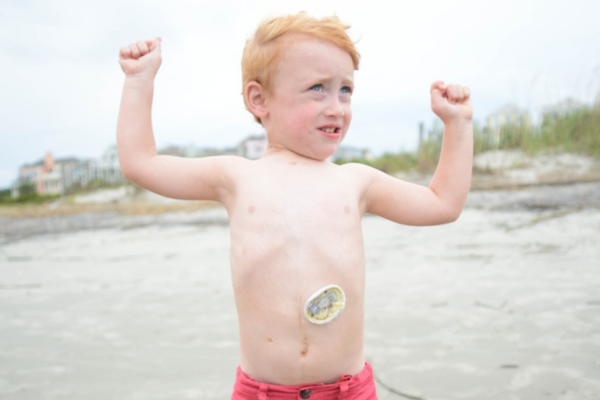
Once home, Rachel and Chris took over Logan's treatment.
"He came home with a gastrostomy tube or g-tube because he didn't eat much. We later learned that peritoneal dialysis was likely making him nauseous," said Chris. "We effectively turned into nurses doing sterile dressing changes and cleaning tubes every single night. We learned all the techniques and had his room set up with supplies needed to clean his catheter, change bandages, and do dialysis."
Logan did well until his healthcare team increased his dialysis prescription.
"He was around a year old when one of the sessions pulled too much fluid from his body causing his blood pressure to crash," Chris said. "He was lethargic and had several seizures. It was terrifying."
The family returned home to resume their routine once he recovered and the dialysis prescription was fixed. Six months later, an infection landed Logan back in the hospital.
"He needed his peritoneal catheter removed and had to do hemodialysis for two weeks. We essentially lived at the pediatric intensive care unit for those weeks. We slept there, then we’d go home to get change, go to work, and then go back to the hospital. It was hard because he needed to stay still, but he was a year and a half. It was a very tough two weeks," said Chris. "Once he stabilized, the doctors determined he was large enough to receive a kidney. I'd been tested earlier and was a match."
Logan was successfully transplanted with Chris' kidney and was on the road to recovery.

"I was back to work in three weeks and playing golf three and a half weeks after surgery. I had a tougher challenge recovering when my wisdom teeth were removed," Chris said. "Donating was very straightforward–it was just a couple of little incisions. It was very easy and simple to recover from."
Take “Becoming a Living Donor”, a free online course, to learn everything you need about donating a kidney.
Life after transplant
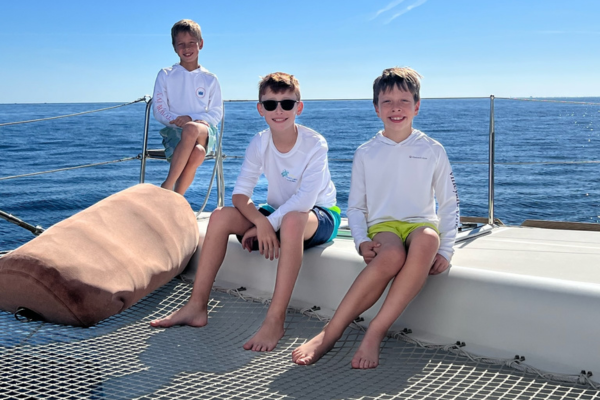
Logan celebrated his 10th kidney anniversary on June 26th, 2023, and only has one minor complaint about life post-transplant–his immunosuppressants.
"I have to take a lot of pills. It would be cool if I didn't have to but I'm used to it. It's my life," said Logan.
"This has been his whole life, so it is the norm. We've always said that it doesn't define who he is, it's just part of his story. We all go through life and face challenges–this is just one of them. It's never really held him back," Chris said. "He still gets to do plenty of things as a kid. He's played baseball, soccer, and golf. He just finished up flag football. He plays the drums and goes to camp. There's a lot of things that I would consider normal in his life but he's got to take the pills and be extra careful."
Despite the thirteen surgeries Logan experienced before age two, you'd never know he is a transplant recipient who spent the first few years of his life on dialysis.
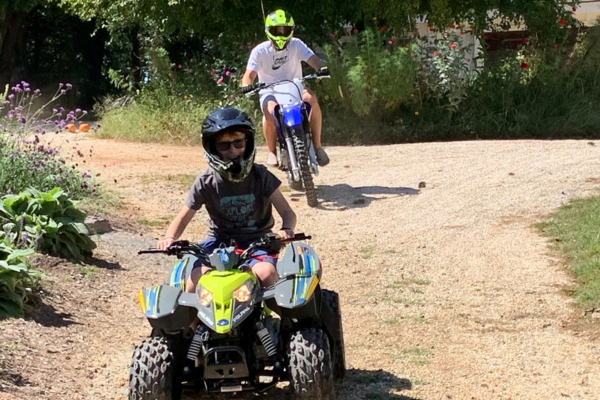
"You would never know what he went through aside from the scars. Most children with congenital nephrotic syndrome of the Finnish type have way more developmental challenges," Chris said. "He's a normal-sized kid for his age and doesn't struggle with bone density, unlike many others with CNF. We've been very thankful for that. Based on the average length of a donor kidney lasting, he will need another kidney but we will get through that as we go through everything–as a family."
What is life like after a kidney transplant? Take "After Kidney Transplant" to find out.
Sources
1“Congenital Nephrotic Syndrome Finnish Type - about the Disease.” Genetic and Rare Diseases Information Center, Feb. 2023, rarediseases.info.nih.gov/diseases/1500/congenital-nephrotic-syndrome-finnish-type.
